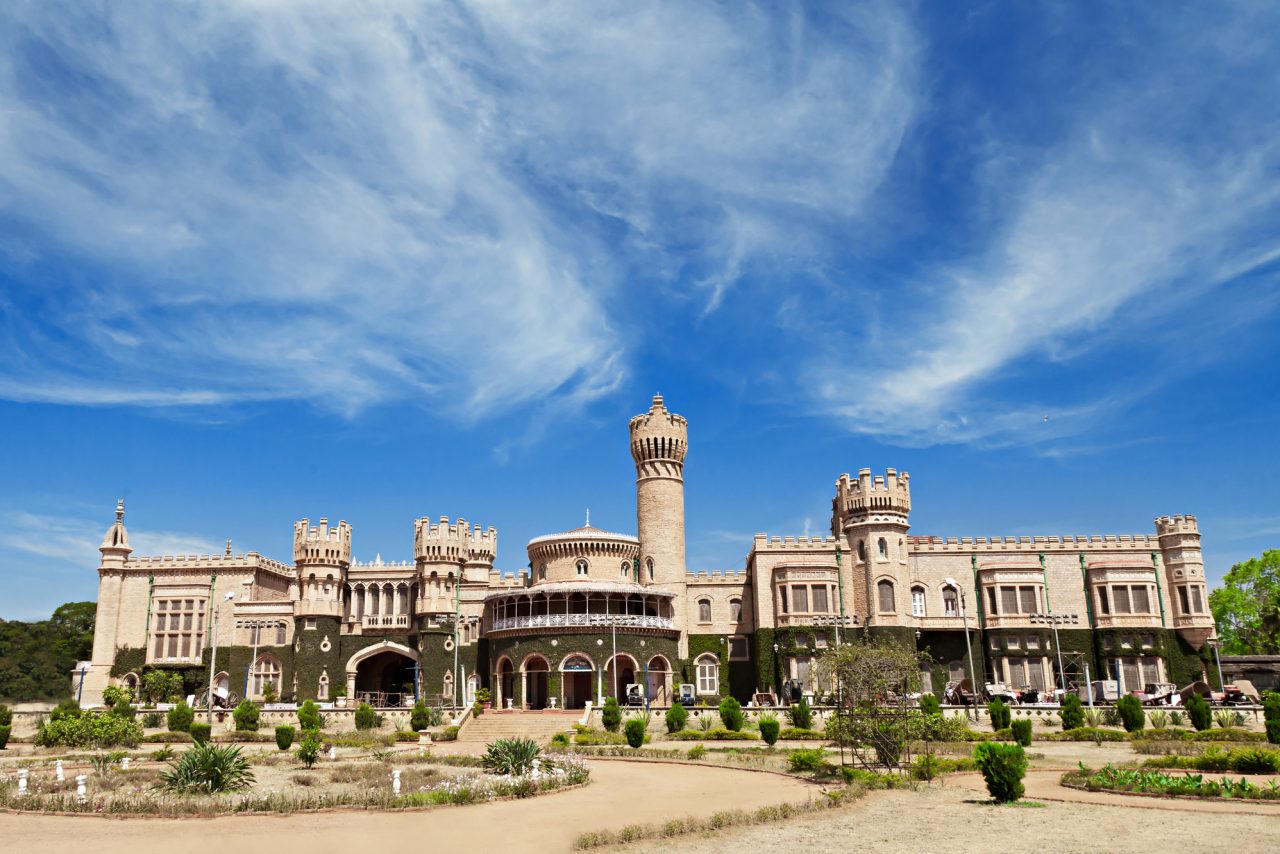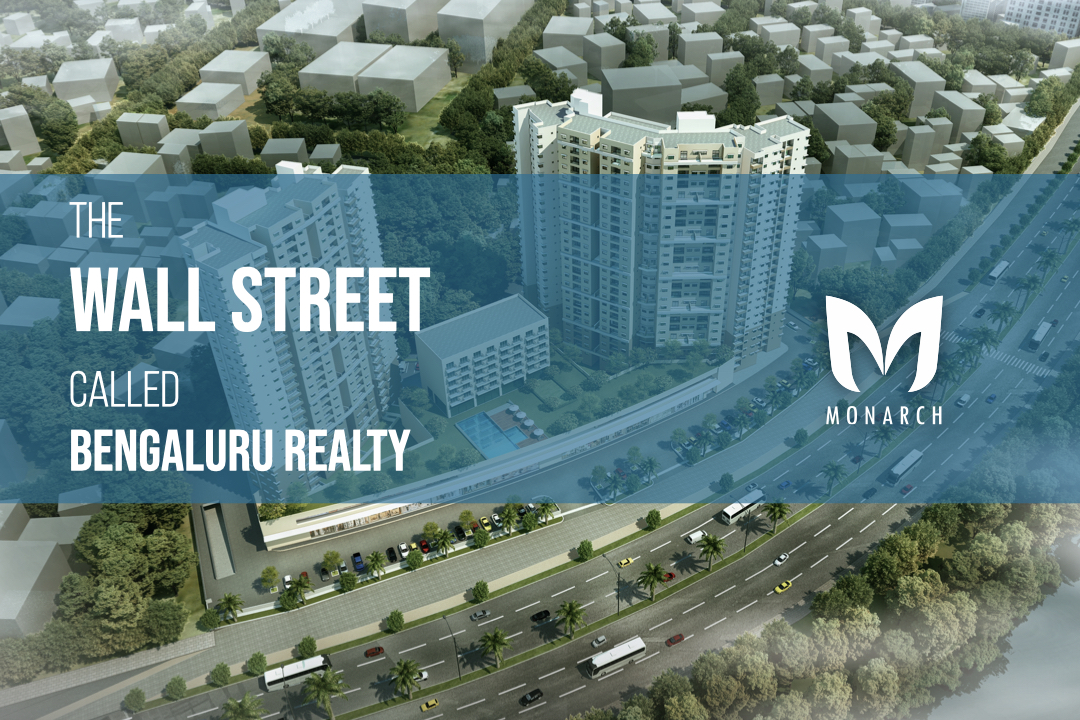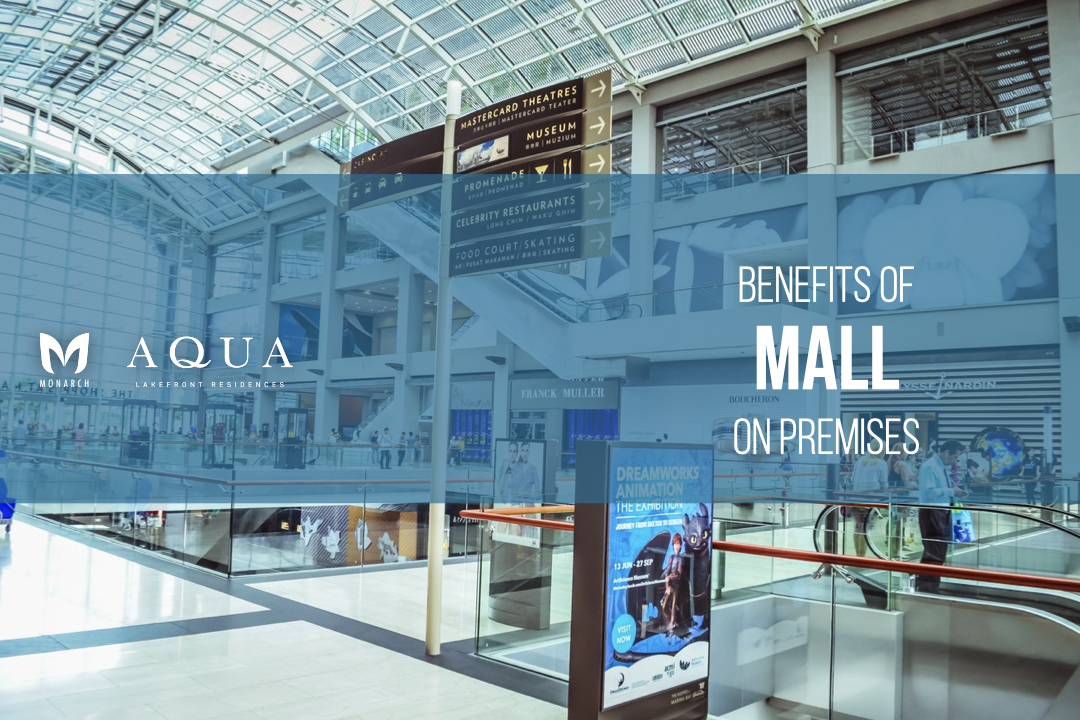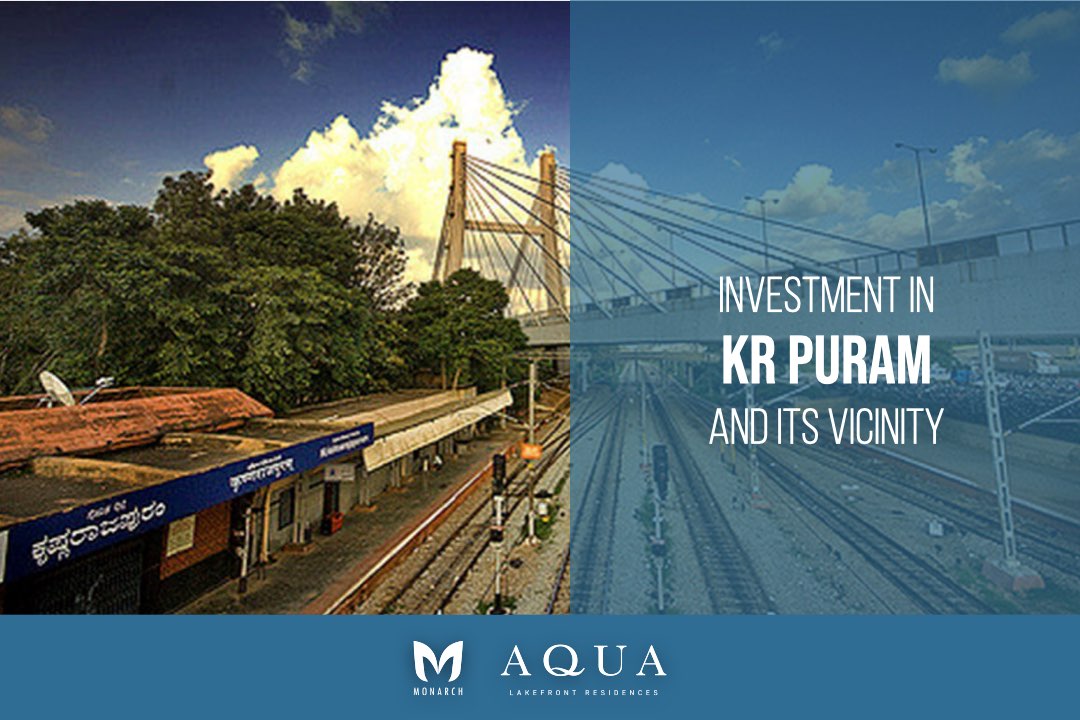How Bangalore Is Changing: A Look Into The Future
Bangalore is changing. A few years ago, the city’s reputation for being a tech capital seemed to be on the decline. After all, India’s IT industry is growing at a fast pace, and Bangalore isn’t the only place in the country with an abundance of engineering talent. However, recently, more and more innovative companies are starting up in the city, and they’ve been building world-class infrastructure to make Bangalore more attractive. The result is a different city. One that’s about to change.
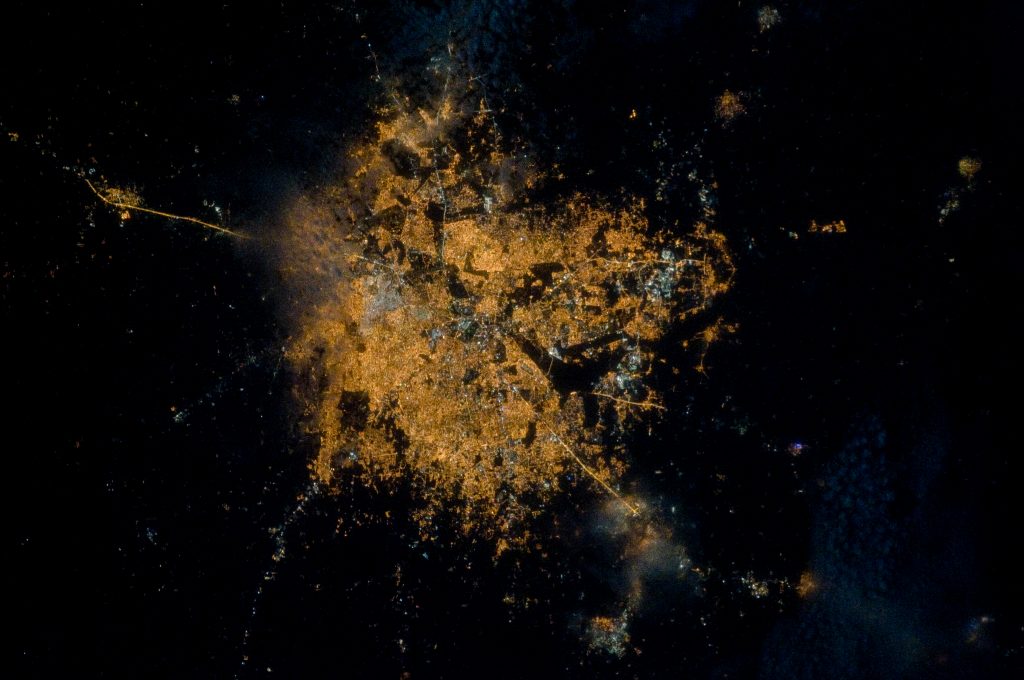
Why is Bangalore changing?
The Only Constant in Life Is Change
Heraclitus
Initially, the influx of companies into the city is increased the number of professionals living and working here. This created a massive demand for housing in the city, particularly in the outskirts and closer to where the largest employers like Infosys, Wipro, and IBM are located. This period saw land prices sky rocketing in the periphery of the city, where Bangalore’s IT companies have traditionally been located. The city’s infrastructure also started to improve but couldn’t keep pace with the sudden demand. Now that certain locations have become well established the Government was able to focus on further developing transport infrastructure to meet the requirements of those areas, however, post Covid-19 and WFH we have now reached the next page of Bangalores growth story which will see WFA become the new mantra.
Bangalore is a Science, Tech, Startup, EV Aerospace ???? capital
The IT industry grew a few years ago, but the city’s growth was unsustainable. In order to add more and more people, the city had to absorb more and more people, which caused its infrastructure to collapse. Businesses left, and companies had to lay off thousands of employees. From 2008 to 2012, Bangalore lost over 75,000 IT employees, and things were about to get a lot worse. Luckily, the IT sector began to recover in 2013. With more and more people returning to Bangalore, the city had more room to absorb the influx of new graduates. Fast Forward to present day where the city saw its SEZ’s turn into ghost towns and its dearly beloved traffic congestion disappear, 2021 is a year of what ifs, with corporates asking most of the questions. Bangalore has been chased by talent from even before it became the first city to get electricity in Asia. So no matter what the flavour of the day one can always expect innovation, creativity and growth to happen in the City as Innovation follows talents and vice versa.
Bangalore’s infrastructure is changing
That brings me to my first point: Bangalore’s infrastructure is changing. It’s still far behind New York City or San Francisco, but every day more and more people are moving there, and the city’s long-term stability is improving. I’m talking about the much-maligned metro system, which has dramatically changed Bangalore’s way of thinking about infrastructure. This has been a long-awaited project, and I had personally been anticipating it for a while, despite the fact that the first line didn’t even open until 2016. It’s a work in progress, but so far the system has worked well, improving transportation for a huge swath of the city, particularly the southern half of Bangalore. Now with Phase 2 around the corner, we might be looking at the troubled ORR and East belts getting a much needed reprieve from the congestion that haunted them.
Bangalore is an international hotspot
As the largest city in India, Bangalore serves as the States capital. Since the 1960s, the city has boomed and in the last two decades, it has grown by over 300%. According to the World Travel and Tourism Council, Bangalore is the most popular hub city for tourists traveling the south of the country. There are thousands of companies, both international and local, which have offices in the city. The city’s exposure to technology has helped it become an IT hub of India and also an exciting place for entrepreneurs to establish companies. Tech talent wise, Bangalore has some of the highest numbers of engineers in the country. “Bangalored” is an unofficial term that has been coined and used internationally meaning to have ones job replaced by someone offshore, such is the talent pool present in the city.
Why Work from home is exactly what Bangalore needed
Over the past couple of years, Bangalore faced a massive surge of migrants and thus a sharp increase in the city’s population, leading to traffic and infrastructure issues. The city has traditionally had a very basic transport system, and its traffic woes were well-documented. Meanwhile, a significant portion of the city’s workforce had to commute two hours each way in order to get to work. The problem was growing more acute. Given the current workforce in the city, it’s safe to say that about 2 million people commute in each direction. After the Covid-19 lockdowns and WFH more corporates and people are realising the serious need to gain back the lost work/personal hours that are wasted in traffic, WFH even if implemented to allow 50% of the workforce to swap every alternate day would have a serious positive impact to the congestion and pollution problem in the city and not to mention the millions of hours reclaimed each day.
Conclusion
Bangalore is the ultimate combination of the best and worst things about every city. It’s beautiful, has an incredible culture, is surrounded by amazing food, is full of business opportunities, full of the countries best minds, and has a vibrant nightlife. On the other hand, it has its downsides: traffic, and expensive quality of living. But there is no better place one could think of when it comes to the charm that Bangalore offers.

